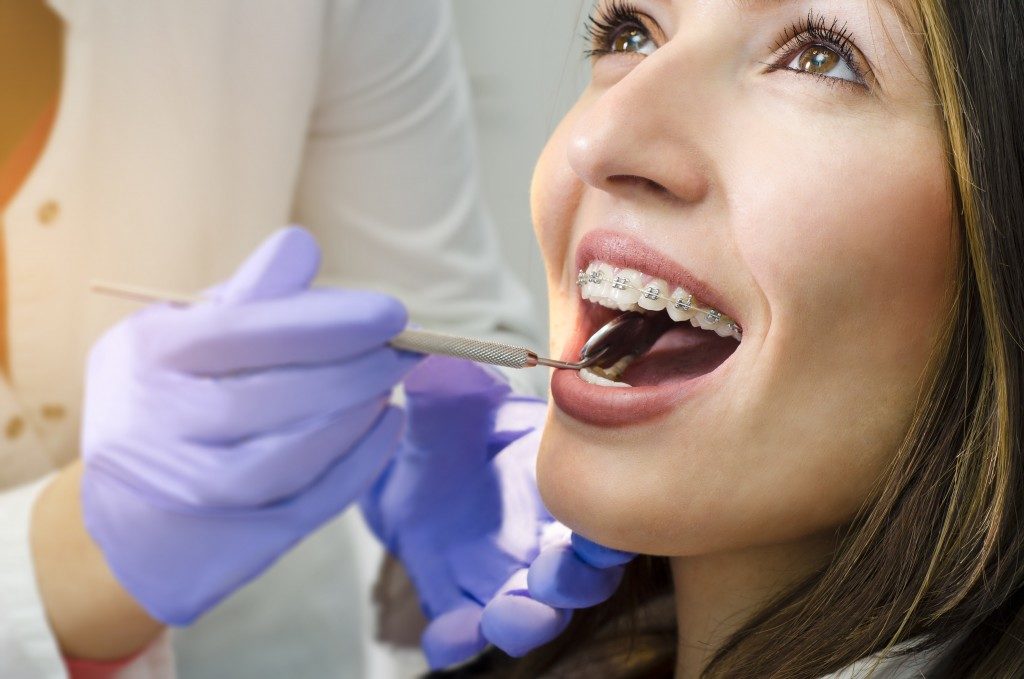The late, great rock icon of the 70s Freddie Mercury could have benefited from braces, but he never did anything about his iconic teeth. In orthodontics, it is classified as an anterior overjet or Class II malocclusion—simply, an overbite. Apparently, the lead singer of the British band Queen was born with four extra teeth at the back of his mouth. This pushed the ones in front further forward. But Mercury believed that this is what gave him that range of tone that cemented his legacy in rock history.
But not everybody can pull off a Freddie Mercury persona with the matching teeth, so if you have teeth concerns, such as an overbite, you’d be glad to know that there’s an orthodontic clinic that can give you high-quality braces in Taylorsville or any other location in Utah and the U.S.
What braces are
Also known as dental braces in orthodontic cases, braces are put in a person’s mouth in order to straighten and align teeth. This serves to position the teeth in order for the patient to have a proper bite, as well as improve dental health.
When do you need braces?
 Some people need braces more than others, but your orthodontist would be in the best position to tell you if you need these appliances. Here are some of the conditions that might require braces;
Some people need braces more than others, but your orthodontist would be in the best position to tell you if you need these appliances. Here are some of the conditions that might require braces;
Overlapping of the top teeth and bottom teeth. Most people have an overbite, where the upper teeth overlap the lower teeth slightly. But if the lower teeth are completely covered by the upper teeth, that’s too much overbite and needs correction, as this might cause dental problems.
Protruding top teeth over the lower teeth. This is what Freddie Mercury had. Looking at his teeth, you can clearly see that the upper teeth significantly jetted out over the lower teeth. Typically, this causes trauma to the upper front teeth as their position subjects them to potentially harmful impact. Braces and rubber bands are used in tandem to correct this. If the condition is severe, surgery may be the only recourse to align the jaws.
Top teeth obscured by overlapping bottom teeth. The opposite of the overbite is the underbite. Treatment is similar to an overbite.
Open bite. Open bite refers to the condition when both the top and bottom front teeth don’t touch. The ramifications for this condition is that sufferers often find it difficult to bite and chew food properly. Speech may sometimes be affected as well. Some medical experts attribute this to prolonged thumb-sucking while they were babies.
Crossbite. A crossbite is characterized by the top and bottom teeth located on the sides of the mouth that do not meet when the mouth is closed. This leads to wearing down unevenly. This may be corrected by aligning the teeth or jaws.
Crooked teeth. This is probably the most common reason that people get braces. However, the crookedness of the teeth may have been caused by the adult teeth coming out around the baby teeth that failed to fall off. This makes cleaning those teeth more difficult.
Spaced-out teeth. Having too much space between your teeth is not good, says orthodontists. This can be aligned through braces.
Pain in the jaw or mouth. Sometimes, the issue is not visible. If the pain is persistent in the jaw or mouth, kindly go to your orthodontist right away.
Biting and chewing gets difficult. Misaligned teeth could make it difficult for you to chew your food. An indication that your bite is off is when you frequently bite your cheeks or tongues.
Speech difficulties. Sometimes, your inability to pronounce certain words may be because of an orthodontic issue.
These issues are easily corrected, though, if caught early. That’s why dentists recommend seeing your dentist at least twice a year and adopting proper hygiene practices to protect your teeth and gums.

